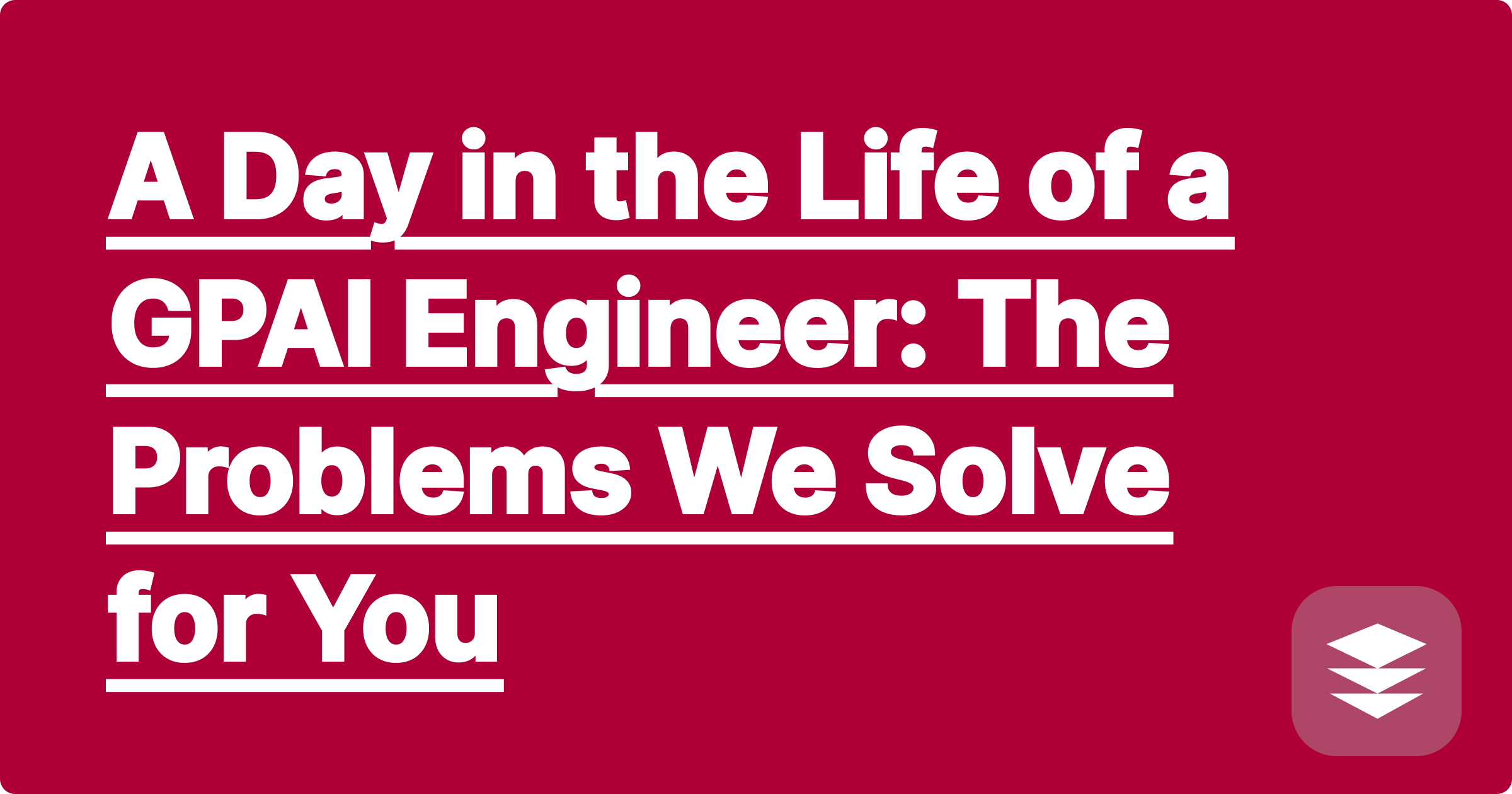
At GPAI, our team of software engineers doesn't just write code. We are a team of problem-solvers, educators, and former students who remember the all-nighters, the confusing lectures, and the frustration of being stuck on a single homework problem. Our job is to use cutting-edge AI to build the tools we wish we had in college. This is a look into how gpai works, seen through the eyes of an engineer on our team.
My day starts with coffee and calculus. A core part of our mission is ensuring the GPAI Solver is not just fast, but relentlessly accurate. This morning, I'm working on a set of user-submitted problems from an advanced differential equations course.
After lunch, my focus shifts from pure math to language and structure. The GPAI Cheatsheet is our powerful note taker and summarizer, and we're always teaching it to be smarter.
[Image: A GPAI engineer at a whiteboard, sketching out a decision tree for how the AI should differentiate between a 'process description' and a 'comparison'. The whiteboard is messy and full of ideas. Alt-text: A software engineer sketching out the logic for how GPAI works.]
No software is perfect. A user from a European university reported that our OCR wasn't correctly recognizing a specific symbol used in their electrical engineering labs. I was able to replicate the bug, identify the issue in our character recognition model, and deploy a fix. This direct feedback loop is what makes our tools better every single day.
Every engineer here has a story. I remember struggling with my thermodynamics homework, convinced I would never pass. Building a tool that could have helped my past self is incredibly motivating. We're not just building a product; we're building a solution to a problem we all deeply understand. We're building a tool that gives students more time, less stress, and a deeper understanding of the subjects they are passionate about.
A: No, and this is a key difference. While we leverage powerful foundation models, our "secret sauce" is the significant amount of fine-tuning, proprietary datasets, and specialized algorithms we build on top. Our solver engines for math and science are highly specialized to ensure accuracy in ways that a general-purpose model cannot guarantee.
A: As engineers, we take this incredibly seriously. User data is treated with the strictest confidentiality and is primarily used in an anonymized form to identify and fix bugs or improve the accuracy of our models. Our goal is to learn from the types of problems students are solving, not from the personal data of any individual student.
At the end of the day, our work is driven by a simple mission: to give every student the "aha!" moments that make learning feel magical. We spend our days solving complex engineering problems so that you can spend less time struggling and more time learning.
[See the result of our work. Try the GPAI Suite and experience a tool designed with your success in mind. Sign up for 100 free credits.]
What if Newton Had an AI? How 'Principia Mathematica' Could Be Written in a Week
Could You Run a Simulated Mars Colony Using an Engineering AI Solver?
Teach Me Poker': Can Game Theory AI Explain Winning Strategies?
What if Your Entire Degree Was an Open-Book Exam? How to Prepare with AI.
Re-writing History: What if the Titanic Was Designed with FEA and AI?
The Psychology of the 'Humanizer': Why We Trust 'Natural' Language More
A Day in the Life of a GPAI Engineer: The Problems We Solve for You
We Fed Our AI the Toughest 'Unsolvable' Math Problems. Here's What It Did.
The Carbon Footprint of Your Brain vs. AI: An Energy Efficiency Comparison
Bad Handwriting' Hall of Fame: Can Our AI Read Your Professor's Scrawl?